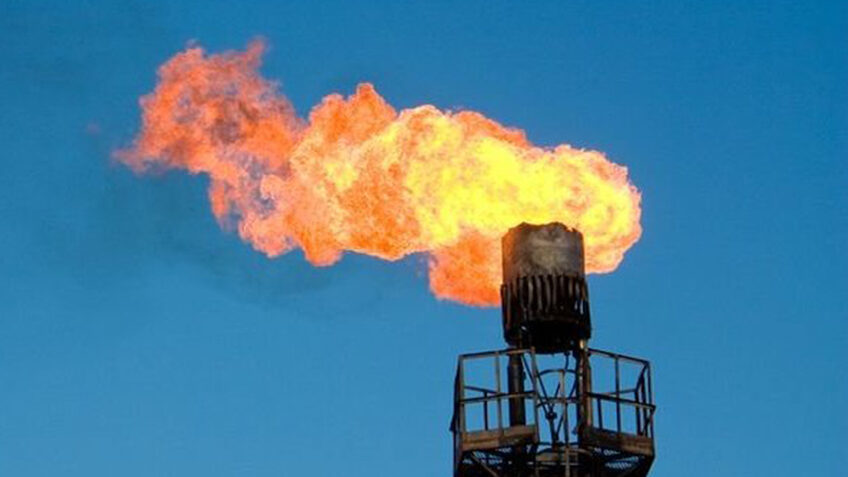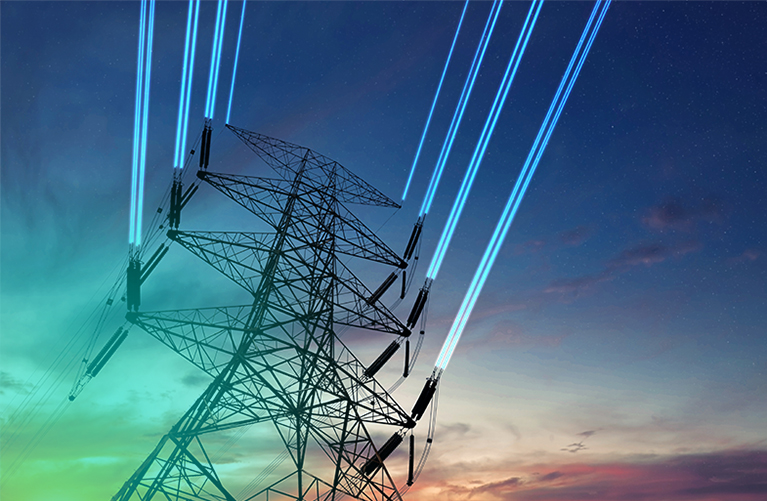On the 28th of June 2017, the Federal Government of Nigeria, through the Federal Executive Council, approved the National Gas Policy1 (‘‘Policy’’). Admirably, the Policy encapsulates a recurrent theme showcasing an unwavering drive and high priority objective to position Nigeria as a formidable gas-based industrial nation by the adoption of gas flare out strategies using flare capture and utilization technologies, amongst other strategies. It remains a classic irony that in spite of Nigeria’s prolific gas reserves; gas centric legislation, investment and development within the Nigerian gas sector have historically been minimal, significantly lagging behind its more profitable fossil fuel counterpart- crude oil. The result of this inertia has been high levels of gas flaring across oil and gas producing fields in the country. In 2017, Nigeria ranked as the 6th largest gas flaring country in the world, flaring 7.6 billion cubic meters of gas in that year.
Gas flaring constitutes an egregious energy waste practice in the Nigerian petroleum industry and has significant detrimental effects on the environment and the Nigerian economy. In 1979, the Federal Government sought to address this problem through the Associated Gas Re-injection Act of 1979 (“AGRA”) and its subsidiary legislation, the Associated Gas Re-injection (Continued Flaring of Gas) Regulations of 1985 (“the 1985 Regulations”). These laws prohibited gas flaring without the permission of the Minister of Petroleum Resources (“the Minister”). The Minister’s permission is granted in the form of a certificate for the continued flaring of gas (“AGRA Certificate”), which contains specific terms and conditions including the payment of gas flare fees. The gas flare fees remained at NGN0.50/Mscf until 1998, when it was increased to NGN10/Mscf.
The Policy criticized the gas flaring regime as incentivizing gas flaring over utilization as the negligible flare charge of NGN10/Mscf provided a cheaper option for operators compared to gas commercialization. In reacting to routine gas flaring, the Policy advocates a vision 2020 flare out target that will be enabled by the development of flare capture projects and the enforcement of applicable sanctions. To birth the Nigerian flare free era, the Federal Executive Council, in 2016, approved the Nigerian Gas Flare Commercialization Programme (‘‘NGFCP’’). And in 2018, the President of the Federal Republic of Nigeria, in his capacity as the Minister of Petroleum Resources and in reliance on section 9(1) of the Petroleum Act and section 5 of the AGRA, issued the Flare Gas (Prevention of Waste and Pollution) Regulations of 2018 (“the 2018 Regulations’’/ ‘‘Regulations”). The Regulations focus on the reduction of the environmental and social impacts of gas flaring, prevention of waste of natural gas resources and creation of social and economic benefits from gas flare capture. The Regulations aim to incentivize the commercialization of flare gas because of the zero royalty regime but disincentivize continued gas flaring through the imposition of a new flaring fee regime. The Regulations will also underpin the implementation of the NGFCP, especially the permit bidding process. If properly implemented and enforced, this piece of subsidiary legislation will erase the historical narrative of Nigeria’s associated gas wastage.



